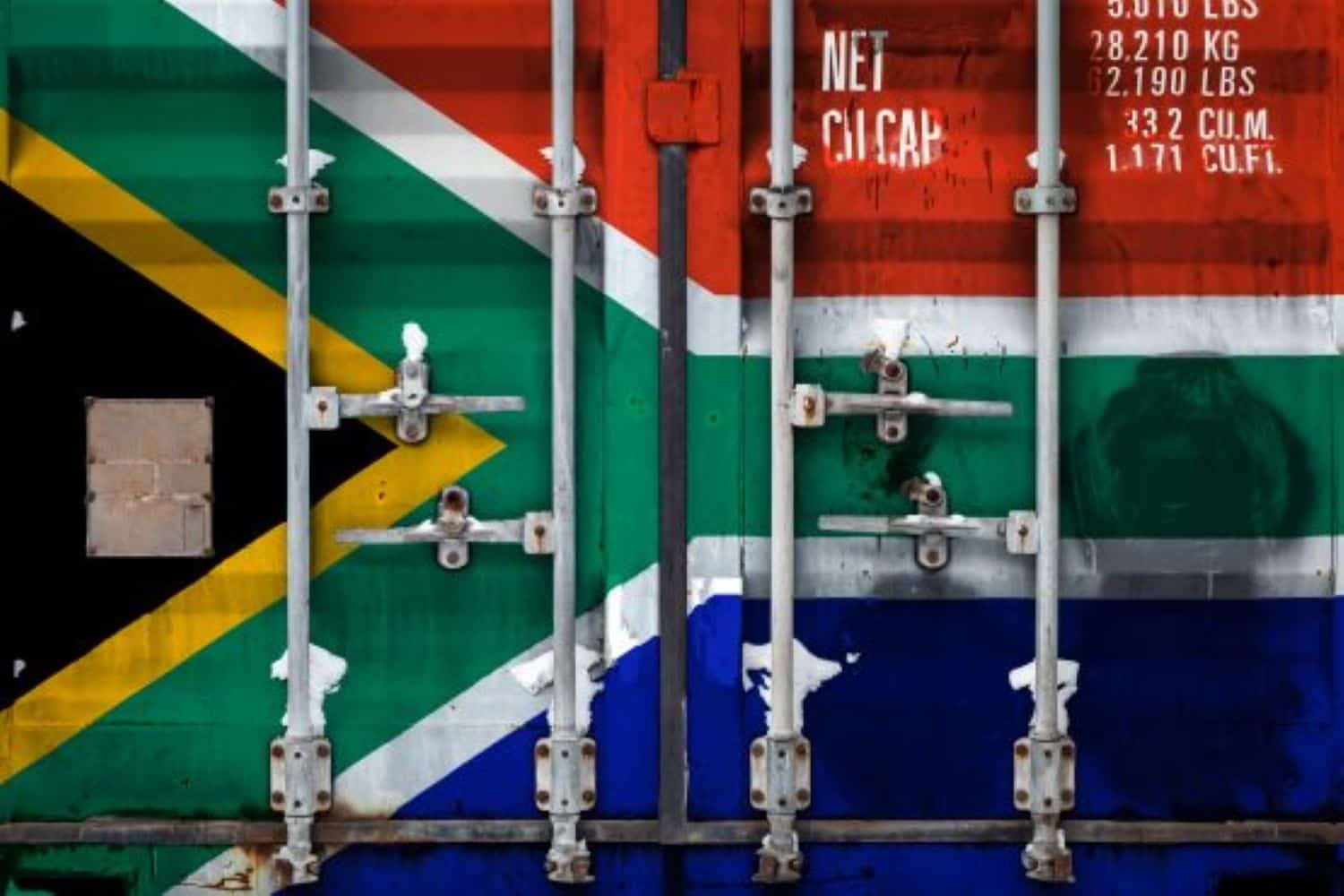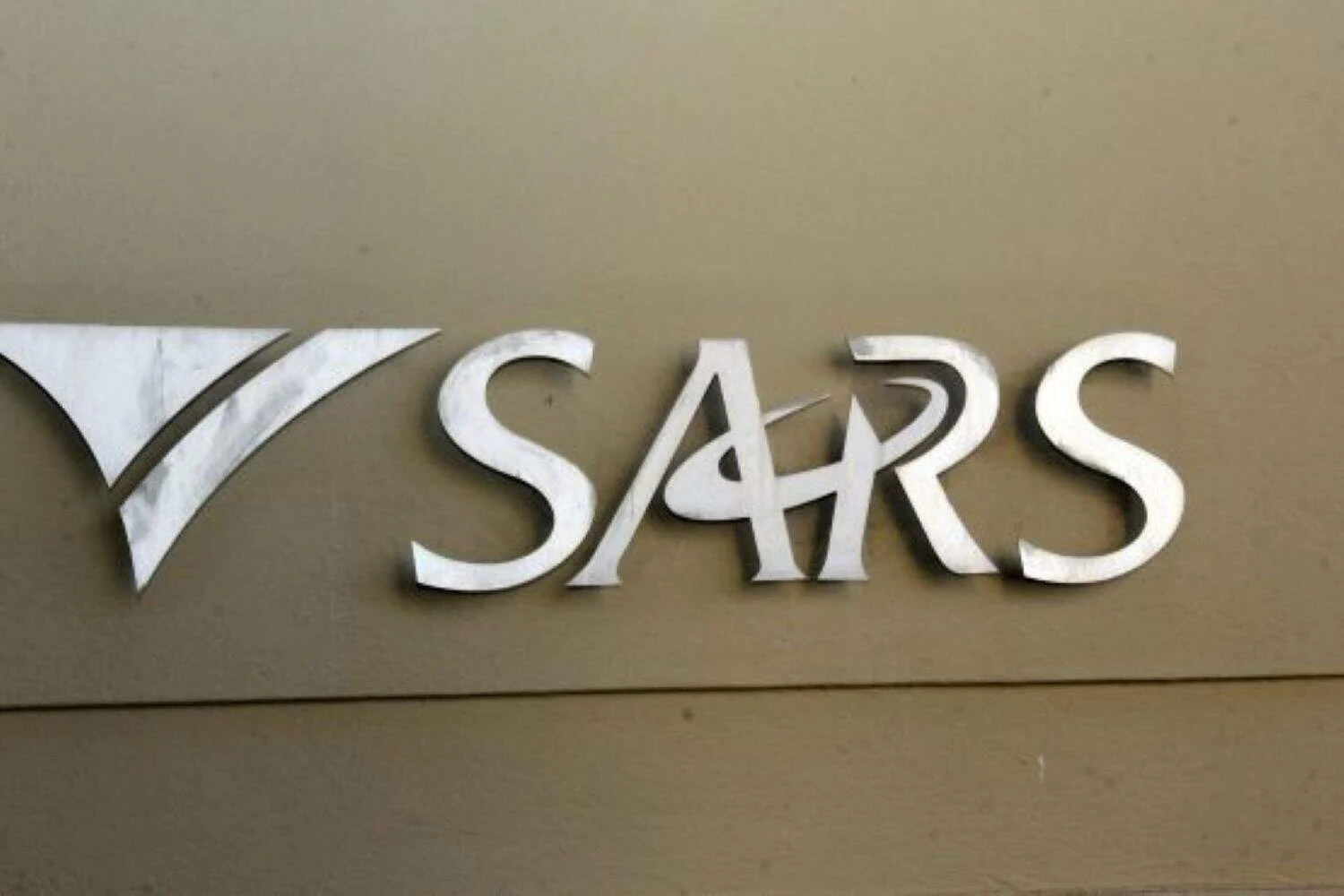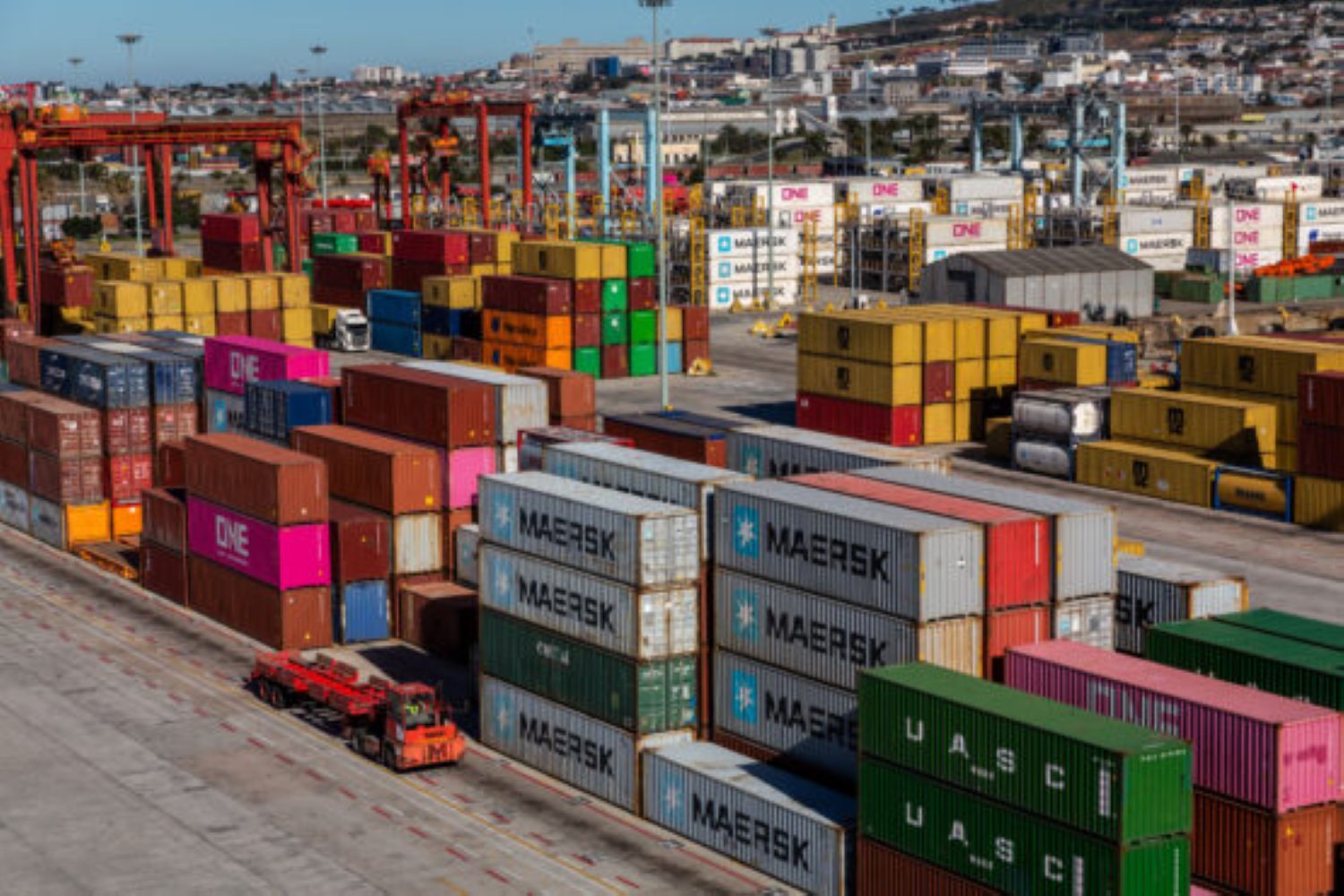Farmers and car manufacturers will feel the pain. Most miners get a free ride. The economy will take another hit.
US President Donald Trump’s 30% tariff of exports from SA to the US, effective from 1 August 2025, contains some notable exceptions.
Minerals considered critical to the US – notably platinum group metals (PGMs), gold, chrome and coal – will attract 0% tariffs. That accounts for about half of what SA exports to the US, so excluding these commodities is a major relief.
Where SA will really feel the pain is on the export of cars, already 25% (previously 0%), steel and aluminium, now 50% (previously 25% and 10%) and agricultural products at 30% (most products previously entered the US duty-free). That means SA wines in the US will be considerably more expensive.
Donald MacKay, CEO of XA Global Trade Advisors, says the new tariffs could impact up to 0.5% of SA’s GDP.
“This is not nothing, but it’s not massive either. I don’t think the sky is falling. That doesn’t mean to say our economy will contract by that amount (0.5%), but that’s the potential scale of the impact.
“If the equivalent tariffs were applied by Europe, which is a larger trading bloc for us, it would be a different conversation.”
ALSO READ: Trump’s new 30% tariff less about trade and more about power
The US tariffs imposed on fruit appear counterintuitive as SA’s fruit production season is not in sync with that of the US, meaning SA producers do not compete with US farmers in these products.
“In the agricultural sector, we do compete against Chile and Peru. If lower tariffs are implemented for Chile and Peru, it will provide them with a massive competitive advantage since importing from SA would be much more expensive,” says Gerhard Papenfus, CEO of the National Employers’ Association of South Africa (Neasa).
If Chile and Peru end up with lower duties than SA, this could really hurt, adds MacKay. “But trade is fungible, so if Peru sells more oranges to America, their other markets will be deprived of citrus and we may be able to pick up some volume there.
“It might very well be worth meeting with countries in such positions to see if arrangements can be coordinated. It is clear that the most agile countries will win here.”
ALSO READ: IMF warns all countries will be caught in crossfire of trade war
MacKay says it appears Trump is using the tariff issue to apply maximum pressure on SA and other countries such as South Korea, Malaysia, Japan, and Kazakhstan) to move faster on their tariff offers.
Trump has also threatened a further 10% duty on all countries aligning themselves with Brics.
The US says the purpose of these duties is to reduce the trade deficit that it has with SA and is based on duties currently applicable on imports from the US. South Africa disputes this, saying the duty calculation is based on incorrect data.
“Our assumption is that the United States is utilising duties as a negotiating mechanism and that the issues up for negotiation are not only in the area of trade but may well include broader political issues,” adds Papenfus.
ALSO READ: Will Trump’s tariffs have major negative effect on South Africa’s economy?
Automotive hit will be hard, very hard
Trump’s decision to impose 30% tariffs on the export of vehicles, components, tyres and parts exported from SA to the US will kill any possible economic growth in our country.
Dawie Roodt, chief economist of the Efficient Group, told the Motor Industry Staff Association (Misa) this week that Trump’s figures are not based on actual figures, but everyone will feel the impact because it will hinder any economic growth.
These tariffs take away any competitive edge SA enjoyed in the global market.
Small retailers have already stopped manufacturing because it will not be feasible to continue with the new export tariffs or because of a reduced demand from US clients.
“We can now accept that Agoa [African Growth and Opportunity Act] is dead,” says Roodt.
“Under Agoa, more than 1 800 South African products and goods, including vehicles, components and parts, were exported to the US duty-free.”
ALSO READ: Wait-and-see to Trump’s hardline
SA’s official unemployment rate rose to 32.9% in the first quarter of 2025, the highest since the second quarter of 2024 (33.5%).
“The population has seen a steady increase year-on-year, with a growth rate of 1.33%. We live in a country where our population growth exceeds our economic growth. This makes job creation highly unlikely,” says Roodt.
The retail motor industry is already struggling with the uncertainties of Trump’s tariff increases, which commenced when he took office in January.
Misa reports an increase in employers closing their doors, restructuring in terms of Section 189 of the Labour Relations Act, or embarking on short time.
Tiekie Mocke, manager of Misa’s legal department, says the reduced demand for exports has already forced one company cut its workweek from five to four days.
ALSO READ: Ramaphosa disputes Trump’s 30% tariff claim as ‘not accurate’
Ramaphosa must do ‘whatever it takes’
Martlé Keyter, Misa CEO for operations, says President Cyril Ramaphosa and his delegation need to do whatever it takes to restore South Africa’s strained relationship with the US.
This is not about who is right or wrong, but about what is in the best interest of South Africa.
“Our assumption is that the US is utilising duties as a negotiating mechanism and that the issues up for negotiation are not only in the area of trade but may well include broader political issues,” adds Papenfus.
The 30% tariff imposed by the US may be punishment for SA’s cosy relationships with US adversaries Russia, China and Iran.
SA may also be singled out for retaliation over its case launched against Israel in the International Court of Justice.
Papenfus recently returned to SA from a meeting with White House officials and says the ANC’s race-based transformation agenda is another factor standing in the way of the normalisation of trade with the United States.
“The ANC will not concede on any of these issues, making it highly unlikely that an alternative trade deal will be concluded.”
This article was republished from Moneyweb. Read the original here.














